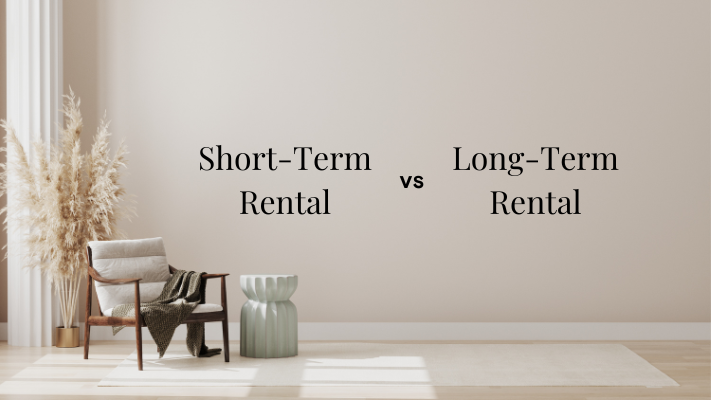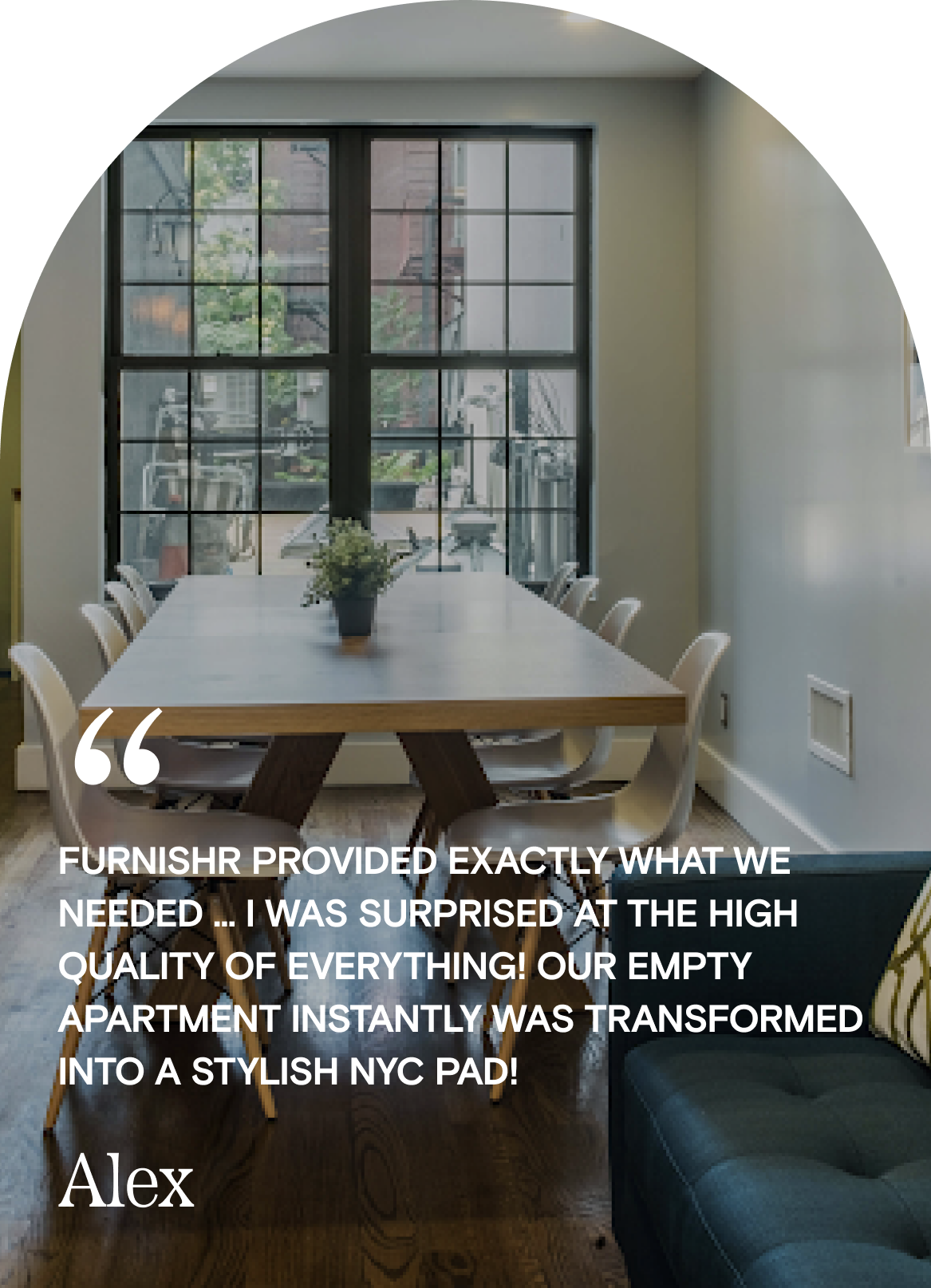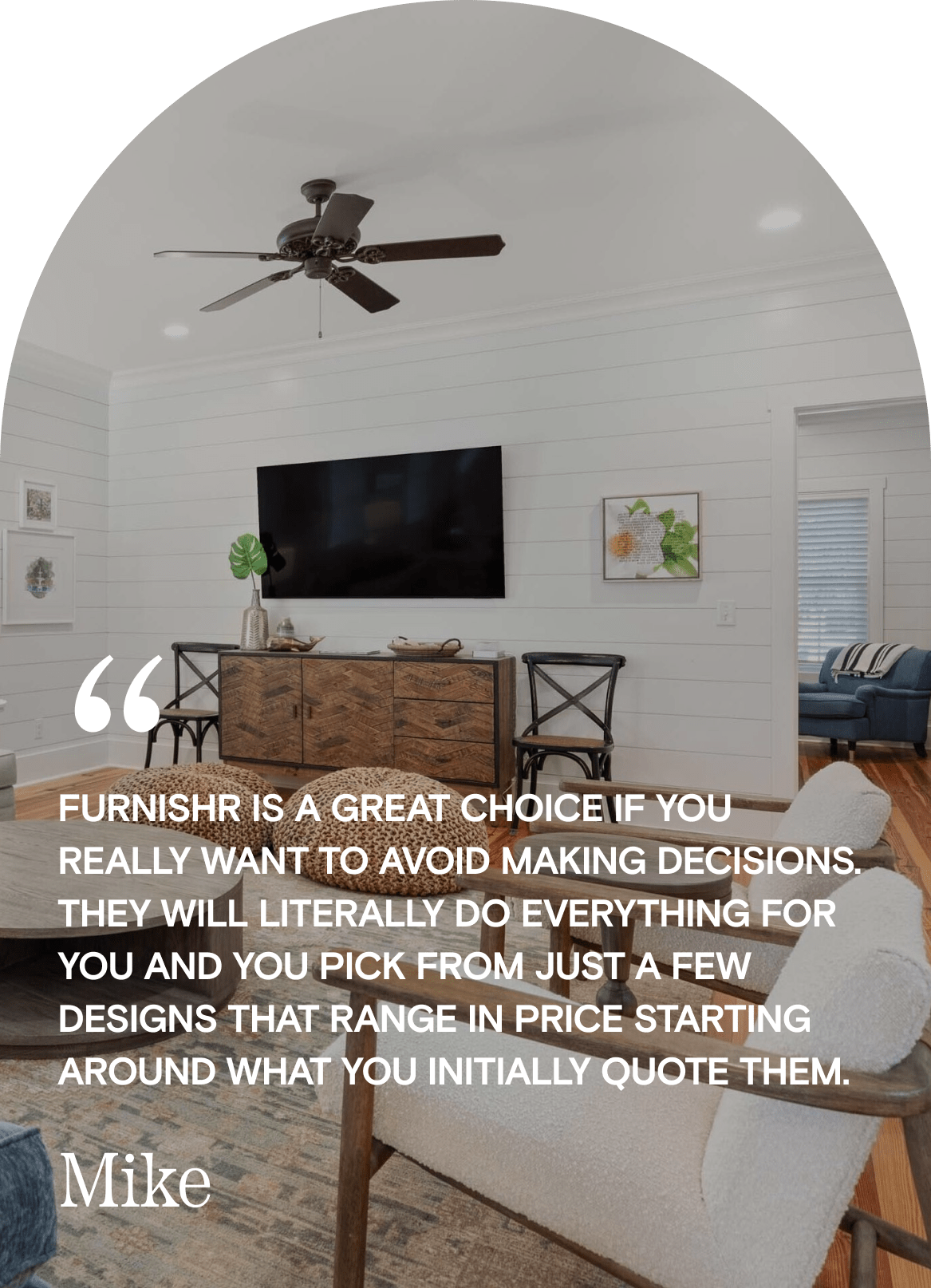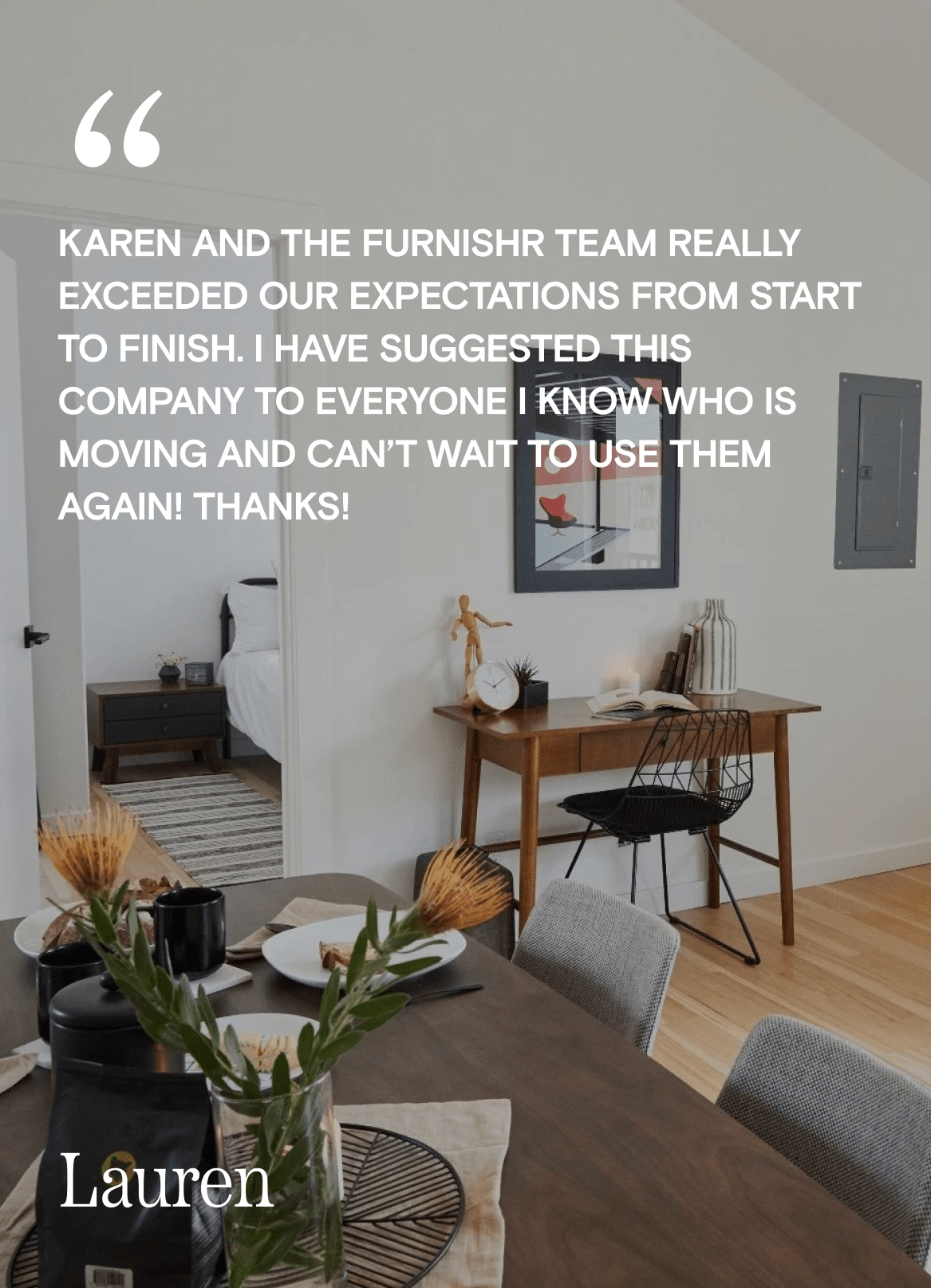
- Karen Lau
Welcome to the ultimate furniture buying guide. We know the news of a new job, new home, or vacation home is initially exciting. It’s a new adventure with endless possibilities. But very quickly, that excitement is met with stress, anxiety, and to some, fear about the next steps. If you’re a busy professional, parent, or both, we got you covered.
Here are the key things that you need to know as you start your furnishing process.
Feeling Overwhelmed?

Table of Contents
1. Understanding your move
Key Questions:
- Is this a short term or a long term move?
- Are you looking for furniture to fill in the space or have some investment pieces as well that you want to have in your space?
- Are you furnishing for one or do you have others’ needs to consider as well?
It can be a combination of the two and we often recommend it as well. A short term move – which can be a few months to a year long, doesn’t mean that style and quality need to be an afterthought or that you must fill out the space with temporary furniture only. You can still plan accordingly so you’re not overspending. Investing into some furniture pieces can make a lot of sense at the beginning of the process. Whether you’re investing in comfort, modularity, or timelessness, just remember that you should feel like you can. Enjoyment in your space, whether short term or long, shouldn’t be something you sacrifice.
Making investments into core items of furniture, like the sofa and mattress, is important. You want to feel comfortable in the space as these items will be used quite regularly. These are what we consider ‘high touch items’. On the other hand, for lower touch items like side tables, coffee tables, and night stands, you can save a bit of money here and find something functional until you decide to invest into more statement pieces.
2. Space-saving is a game-changer
Key Questions:
- What type of space are you moving into?
- Does it have enough storage space?
- Do you have enough surface area to eat, work, lay down your mail or books?
No matter how big or cozy your space is, space saving furniture is always important. It could be wanting to tuck the dining chairs underneath the dining table, a dining table that can double as a workspace, extra storage drawers in the coffee table, or storage space under the bed or sectional, there are many ways to find multi-functional pieces that are both stylish and functional.
Another area that is often overlooked as well is the vertical real estate in your home. Wall-mounted shelves or bookcases can be great at utilizing space efficiently and giving a more spacious feel, especially when combined with the usage of mirrors.
3. Quality over quantity
Key Questions:
- What’s needed?
- What furniture pieces do I care about most?
- How do I or other household members like to enjoy the space? Or how do others like to enjoy their space?
Like in many cases, prioritize quality over quantity. Like we mentioned before, investing into well-made pieces offers better longevity, comfort and a better relocating experience if you will move down the road.
Allocating your budget accordingly will allow you to be able to invest into a few high quality pieces instead of overcrowding your space. Core furniture pieces that are used frequently (bed, sofa, seating) may be key areas to invest into while accent furniture pieces (side tables, nightstands, coffee table, media stand) are great areas to save a bit to help with your budget.
Other pieces like a dresser, dining table and chairs, all depends on your space, what’s available, and usage.

4. Personalization without commitment
Key Questions:
- Do you like your space to be minimal or to be cozy?
- Do you like neutral or more vibrant colors?
- What helps make the space feel more uniquely yours?
Once you get your furniture, both core and accent pieces, the next steps is to make it more uniquely yours. Accessorizing your place can change the space quite dramatically. Do you want pictures or art pieces up on the wall? Or do you prefer table decor instead? What type of accent pillows would you like to have to soften the look of the space? What type of throw blanket do you want? All of these individual items can make your space look like someone lives there instead of a model suite.
5. Assembly and portability
Key Questions:
- Will the pieces fit into my space and will I be able to move it aftewards?
- Do you want to take care of the assembly yourself or have someone else take care of it?
- Are the pieces of furniture easy to assemble?
- How much time will be allocated to take care of it all?

Whether you’re getting flat packed furniture or pre-assembled furniture, there’s multiple challenges that may come up. If the furniture is flat-packed, meaning that it comes in a flat box unassembled, how much time do you have to put it together? Do you have the tools to assemble it? Do you require any assistance to help move it into the right room?
If items are pre-assembled, will the furniture be able to get into my space? Are there stairs that need to be navigated? Moving a large sofa upstairs is quite the challenge whether it’s in an apartment or house.
Each option has its obstacles and balancing the two will help save some time if you’re assembling it yourself. If you’re looking to have someone else take care of it, does the brand offer a white glove service to take care of it all? Lastly, at the end of the assembly process, there’s also all of the packaging that needs to be disposed of as well.
6. Delivery services
Key Questions:
- Are you looking for curbside, threshold, or white glove delivery?
- How are you going to be receiving the items?
We discussed the assembly portion previously but another overlooked aspect is the delivery. Do you have a way to receive the products into your home? Who will be responsible for receiving the products? How many times do you need to receive products from the furniture companies? Do you need someone to take care of this for you?
There’s lots of project management involved in this process of coordinating deliveries with your daily work, personal, or travel schedule. Unforeseen challenges always come up so having a contingency plan is important in case something doesn’t go as planned. Saving a few dollars upfront may result in more time spent, higher stress and ultimately a less than ideal furnishing experience.
Hopefully this furniture buying guide helps you in your furnishing process. If you’re looking for someone to partner or take over this entire process for you, we believe Furnishr is your best option.
The budget range you got from our furnishing cost calculator includes our suite of services as well. Be sure to look out for updates on how the Furnishr experience is changing over time!










